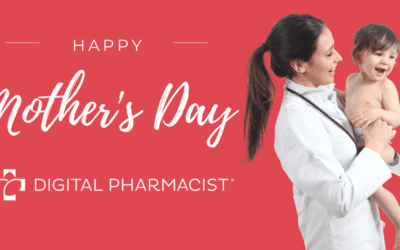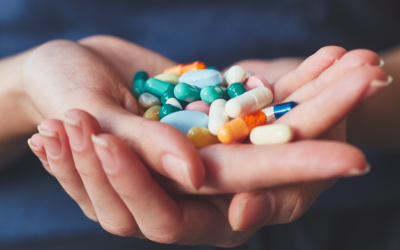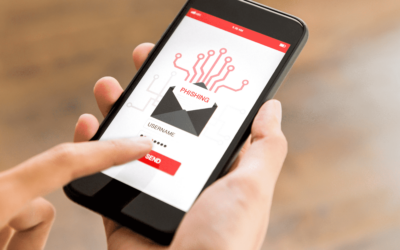It’s barely halfway through 2020, but we’re already seeing a major shift in the way many pharmacies are doing business. Since February, pharmacies have had to cope with stringent new safety and disinfecting procedures and guidelines for preparing prescriptions and communicating with patients. Pharmacy standards have had to cope with changes in store hours and the shift to curbside, drive-through, and delivery services.
The rapid spread of COVID-19 across the country and its strain on the healthcare system has also triggered adjustments in drug policies and insurance parameters and coverage.
According to experts, many of these changes could prove to have a lasting effect on the industry at large. “Pharmacies have adapted to the crisis in ways that may outlast the disease,” said Brian Caswell, President of the National Community Pharmacists Association (NCPA).
Drug Cost and COVID-19 CMS Policy Changes
The Centers for Medicare & Medicaid Services (CMS) have released many policy updates in recent months to keep up with pandemic healthcare demands.
Here are several of their latest updates, according to Becker’s Hospital Review:
- Medicare program caps out-of-pocket insulin costs for 2020 enrollment period.
Medicare is rolling out a new pilot program for beneficiaries with diabetes that will limit out-of-pocket insulin costs. The program will open to signups during Medicare’s 2020 enrollment period for coverage beginning in 2021, capping insulin costs at $35 per month. - Pharmacies can now bill Medicare for COVID-19 tests.
This spring, CMS implemented a policy that released specific health codes for COVID-related tests, allowing pharmacies to bill Medicare for laboratory testing. According to Becker’s Hospital Review, this could “increase the number of pharmacies able to offer diagnostic testing.” - Exclusion of copay program assistance for drug costs.
CMS recently announced a new rule effective in July that could increase drug costs for consumers. It will give insurers and employers license to block certain copay assistance from being counted towards deductibles and out-of-pocket maximums.
New Pharmacy Standards That May Stick
Last month, the NCPA conducted a survey of pharmacy owners and managers about their business practices during COVID-19. The survey revealed that many of the emergency procedures pharmacies have put in place could become permanent changes.
Nearly 75% of the respondents said they had not offered point-of-care testing before COVID-19, but 61% believe that more pharmacies will implement this service for illnesses in the future.
More than half of those surveyed believe that post-pandemic practice will include a larger scope of healthcare services, such as immunizations. Telehealth, which has grown significantly in the face of COVID-19, is another possible move for pharmacies and almost 40% of survey respondents think its popularity will continue to grow.
Emergency social distancing measures such as protective equipment and barriers may also outlast the pandemic. Nearly 60% of respondents said they’ll most likely keep one or both moving forward.
While COVID-19 has highlighted the need for precautionary measures and a wider range of services, it has also revealed several long-term opportunities for pharmacies as well.
In the face of isolation and stay-at-home orders, many pharmacies have begun offering home delivery and curbside pickup. A large majority of survey pharmacists (82%) say they expect to keep these expanded offerings.
Many pharmacists have also realized the importance of a strong online and digital presence at a time when people are less willing to venture out. Around 40% of respondents plan to prioritize online marketing and communication moving forward. 61% think that the demand for online products and communication will remain after the crisis.
What recent trends do you think are here to stay? At Digital Pharmacist, we’re committed to helping you transform the way pharmacies do business through digital engagement and communication.
To learn more about us and how we can help, get in touch with us today.


